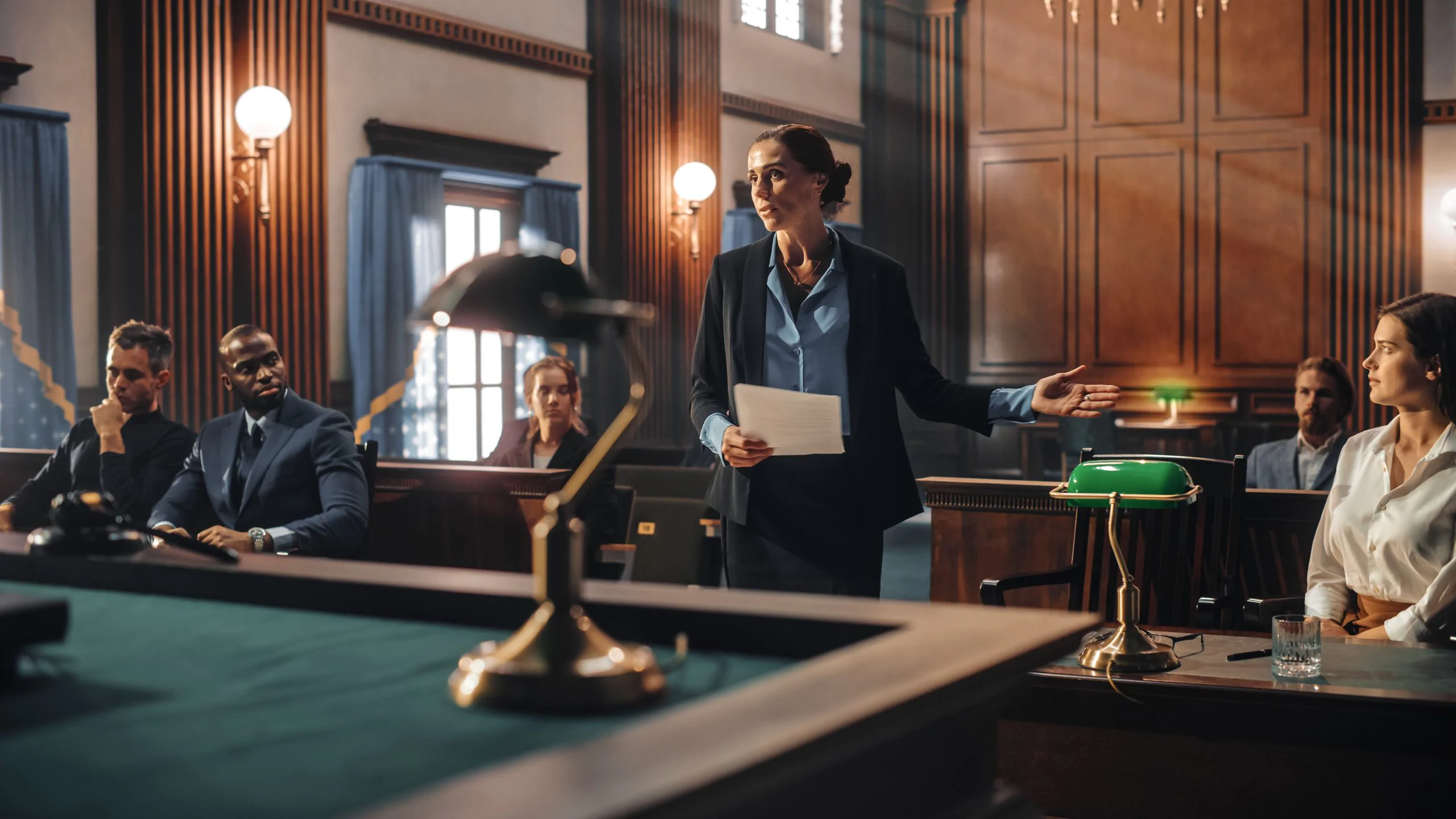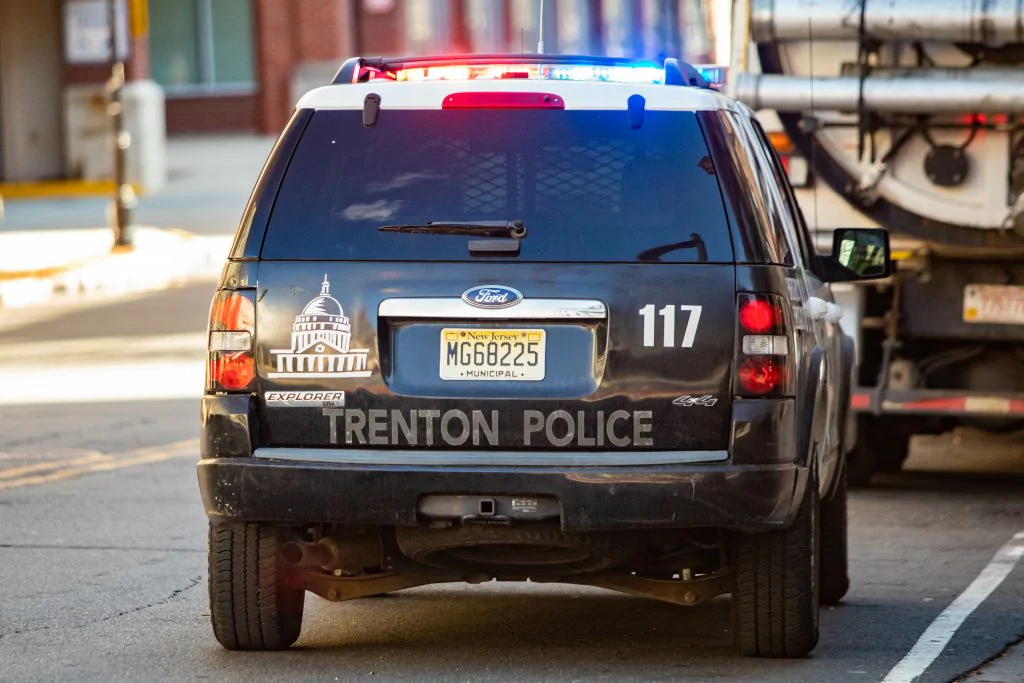In the unfortunate event of a car crash, proving innocence is paramount for individuals involved. Whether you’re the driver wrongly accused or seeking justice as a victim, navigating the legal process can be daunting.
This comprehensive guide delves into the intricacies of proving innocence in a car crash, providing practical insights and strategies. From gathering evidence to navigating legal procedures, every aspect is explored in depth, aiming to empower individuals with the knowledge needed to assert their innocence effectively.
Understanding the Legal Framework
To effectively prove innocence in a car crash, one must comprehend the legal framework governing such incidents. Laws vary by jurisdiction, but fundamental principles generally remain consistent. Key legal concepts include:
- Liability: Determining fault or liability is pivotal in car crash cases. It involves establishing which party’s actions or negligence caused the accident.
- Burden of Proof: In legal proceedings, the burden of proof rests on the party making the allegations. As an accused individual, you must refute these claims with credible evidence.
- Statute of Limitations: Time constraints apply to filing claims or lawsuits following a car crash. Understanding the statute of limitations in your jurisdiction is crucial to avoid procedural hurdles.
Gathering Evidence
Evidence forms the cornerstone of any innocence claim in a car crash. Diligent collection and preservation are essential for building a compelling case. Key pieces of evidence include:
- Accident Scene Documentation: Photographs, sketches, and notes detailing the accident scene can provide valuable insights into the dynamics of the crash.
- Witness Statements: Eyewitness testimony can corroborate your version of events. Collect contact information from witnesses and request their statements as soon as possible.
- Police Reports: Official police reports document the details of the accident and may contain impartial observations crucial for your defense.
- Medical Records: If injuries occurred, medical records substantiate the extent and nature of harm suffered, reinforcing your innocence.
- Vehicle Maintenance Records: Maintenance logs and repair receipts demonstrate proper vehicle upkeep, countering claims of mechanical failure contributing to the crash.
Using Technology to Gather Evidence
In the digital age, technology offers innovative tools for bolstering innocence claims in car crash cases. Utilize the following resources to your advantage:
- Dashcam Footage: Dashcams capture real-time footage of the road, providing irrefutable evidence of the events leading to the crash.
- Black Box Data: Many modern vehicles are equipped with event data recorders (EDRs) or “black boxes” that log crucial information like speed, braking patterns, and impact forces.
- GPS Data: GPS records can corroborate your whereabouts and driving behavior at the time of the accident, strengthening your defense.
How Liability for Auto Accidents is Determined
Determining liability for auto accidents is a crucial aspect of resolving legal disputes and assigning financial responsibility. This determination typically hinges on establishing which party’s actions or negligence contributed to the crash.
One primary method used to ascertain liability is through the principle of negligence. Negligence in the context of auto accidents refers to a failure to exercise reasonable care while driving, resulting in harm to others. Courts assess various factors, such as speeding, distracted driving, disobeying traffic laws, or driving under the influence, to determine if a driver breached their duty of care.
Comparative vs. Contributory Negligence
The concepts of comparative and contributory negligence play crucial roles in determining liability and apportioning damages in auto accident cases. Understanding the differences between these two legal doctrines is essential for both plaintiffs and defendants. Let’s delve into the distinctions between comparative and contributory negligence:
Comparative Negligence:
Under a comparative negligence system, courts assign fault and allocate damages based on each party’s degree of negligence or fault in causing the accident. There are two main types of comparative negligence:
- Pure Comparative Negligence: In states that adhere to pure comparative negligence, such as New York, plaintiffs can recover damages even if they are predominantly at fault for the accident. However, the amount of compensation awarded is reduced in proportion to their percentage of fault. For example, if a plaintiff is found 80% responsible for the accident, they can still recover 20% of the total damages.
- Modified Comparative Negligence: Some states such as New Jersey, Connecticut and Illinois follow a modified comparative negligence system, which imposes a threshold for plaintiffs to recover damages. Typically, if a plaintiff is found to be equally or more at fault than the defendant, they are barred from recovering any damages. However, if their fault falls below the threshold of 51%, they can still pursue compensation, albeit reduced based on their degree of fault.
Contributory Negligence:
In contrast, contributory negligence is a harsher legal doctrine that bars plaintiffs from recovering any damages if they are found to have contributed in any way to the accident, regardless of their degree of fault. Only a few states still adhere to pure contributory negligence, while others have modified versions that allow recovery if the plaintiff’s fault falls below a certain threshold.
The only states that follow contributory negligence are Alabama, D.C., Maryland, North Carolina, and Virginia.
Key Differences:
The primary distinction between comparative and contributory negligence lies in the treatment of plaintiffs who share responsibility for the accident. Comparative negligence allows plaintiffs to recover damages even if they are partially at fault, albeit reduced based on their degree of fault. In contrast, contributory negligence completely bars recovery if the plaintiff is found to have contributed to the accident in any capacity.
Cases Involving Commercial Vehicles
Cases involving commercial vehicles introduce unique complexities and considerations compared to accidents involving solely personal vehicles. From proving liability to navigating the legal process, several key differences distinguish these cases. Let’s explore the general disparities and nuances involved in commercial vehicle accident cases:
Proving Liability:
One of the primary distinctions in cases involving commercial vehicles is the potential involvement of multiple parties. In addition to the driver, liability may extend to the commercial entity that owns or operates the vehicle, maintenance contractors, manufacturers of defective parts, and even shippers or cargo loaders in certain instances. Proving liability often requires thorough investigation and analysis of various factors, such as driver qualifications, vehicle maintenance records, compliance with regulations, and corporate policies.
Moreover, commercial vehicles are subject to stringent regulations imposed by federal and state authorities, such as the Federal Motor Carrier Safety Administration (FMCSA) in the United States. Violations of these regulations, such as exceeding hours-of-service limits, inadequate driver training, or improper cargo securement, can significantly impact liability determinations. Attorneys specializing in commercial vehicle accidents must possess a deep understanding of these regulations and how they apply to individual cases.
Legal Process:
The legal process in cases involving commercial vehicles often differs from typical auto accident cases. Given the potential for significant damages and multiple liable parties, these cases may involve complex litigation strategies and extended proceedings. Furthermore, commercial entities are more likely to have robust legal teams representing their interests, necessitating equally skilled representation for plaintiffs.
Discovery in commercial vehicle accident cases may involve extensive documentation, including driver logs, maintenance records, corporate policies, and data from onboard recording devices. Accident reconstruction experts and industry professionals may be enlisted to provide expert testimony regarding the cause and severity of the accident.
Additionally, settlement negotiations in commercial vehicle cases may be more intricate, as insurers and defendants seek to limit their financial exposure. Plaintiffs must be prepared to navigate these negotiations strategically, considering the long-term implications of any settlement offer on their recovery and future legal rights.
Do You Need an Attorney to Avoid Liability?
Proving innocence can be an arduous task when faced with legal complexities and opposing parties. In such situations, injury attorneys play a pivotal role in advocating for individuals and navigating the legal landscape. Here are the various ways in which injury attorneys assist in proving innocence both in and out of court:
- Legal Knowledge and Strategy: Injury attorneys bring a wealth of legal knowledge and experience to the table. They are well-versed in relevant laws, regulations, and precedents governing auto accidents. By analyzing the circumstances surrounding the incident, they devise strategic approaches to assert their client’s innocence effectively. Their understanding ensures that no legal loophole is overlooked, maximizing the chances of a favorable outcome.
- Evidence Collection and Preservation: One of the primary responsibilities of injury attorneys is to gather and preserve evidence supporting their client’s innocence. They meticulously review police reports, witness statements, medical records, and other relevant documentation to construct a compelling case. Additionally, they may enlist the help of accident reconstruction experts, forensic specialists, and investigators to uncover crucial evidence that strengthens their client’s defense.
- Negotiation and Settlement: In many cases, injury attorneys strive to reach a favorable settlement outside of court through negotiation with insurance companies or opposing parties. They leverage their negotiation skills and knowledge of case law to secure fair compensation for their client’s damages. By presenting compelling evidence and advocating for their client’s rights, they aim to achieve a resolution that reflects the true extent of their innocence and the harm suffered.
- Litigation and Court Representation: When disputes cannot be resolved through negotiation, injury attorneys are prepared to take the case to court. They adeptly navigate the complexities of the legal system, presenting their client’s case before judges and juries. With persuasive arguments, thorough evidence presentation, and compelling witness testimony, they advocate vigorously for their client’s innocence, seeking a favorable verdict.
- 24/7 Legal Guidance and Support: Beyond their legal knowledge, injury attorneys provide invaluable guidance and support to their clients throughout the legal process. Facing accusations and navigating the aftermath of an auto accident can be overwhelming. Injury attorneys offer round-the-clock assistance, clarity, and empathy, empowering their clients to withstand the challenges with resilience.
Finding the Right Accident Attorney for Your Case
A skilled attorney specializing in personal injury or car accident cases can offer invaluable guidance and advocacy. When selecting legal representation, consider the following factors:
- Experience: Choose an attorney with a proven track record of success in handling car crash cases similar to yours.
- Communication: Effective communication and accessibility are essential for a productive attorney-client relationship.
- Resources: Assess the firm’s resources and capabilities to ensure thorough investigation and representation.
- Presenting a Compelling Case:
Armed with comprehensive evidence and legal counsel, presenting a compelling case is the final step in proving innocence. Whether through negotiation, mediation, or litigation, articulate your defense with clarity and conviction. Emphasize the following elements:
- Consistency: Maintain consistency in your account of the events, corroborated by the gathered evidence.
- Credibility: Establish your credibility through demeanor, demeanor, and adherence to factual accuracy.
- Persuasion: Utilize persuasive techniques to sway decision-makers, emphasizing the strength of your innocence claim.
Contact an Attorney for Help Proving Your Innocence
In the intricate realm of auto accident cases, securing innocence demands expertise, diligence, and strategic advocacy. For tailored guidance and effective representation, consider reaching out to Sobo & Sobo. With over 50 years of experience assisting innocent victims in avoiding liability in court, their attorneys possess the knowledge and dedication required to win. Schedule a free consultation today by calling 855-GOT-SOBO or contacting them online. Let Sobo & Sobo’s seasoned attorneys outline the best strategies for proving your innocence and securing the justice you deserve.




